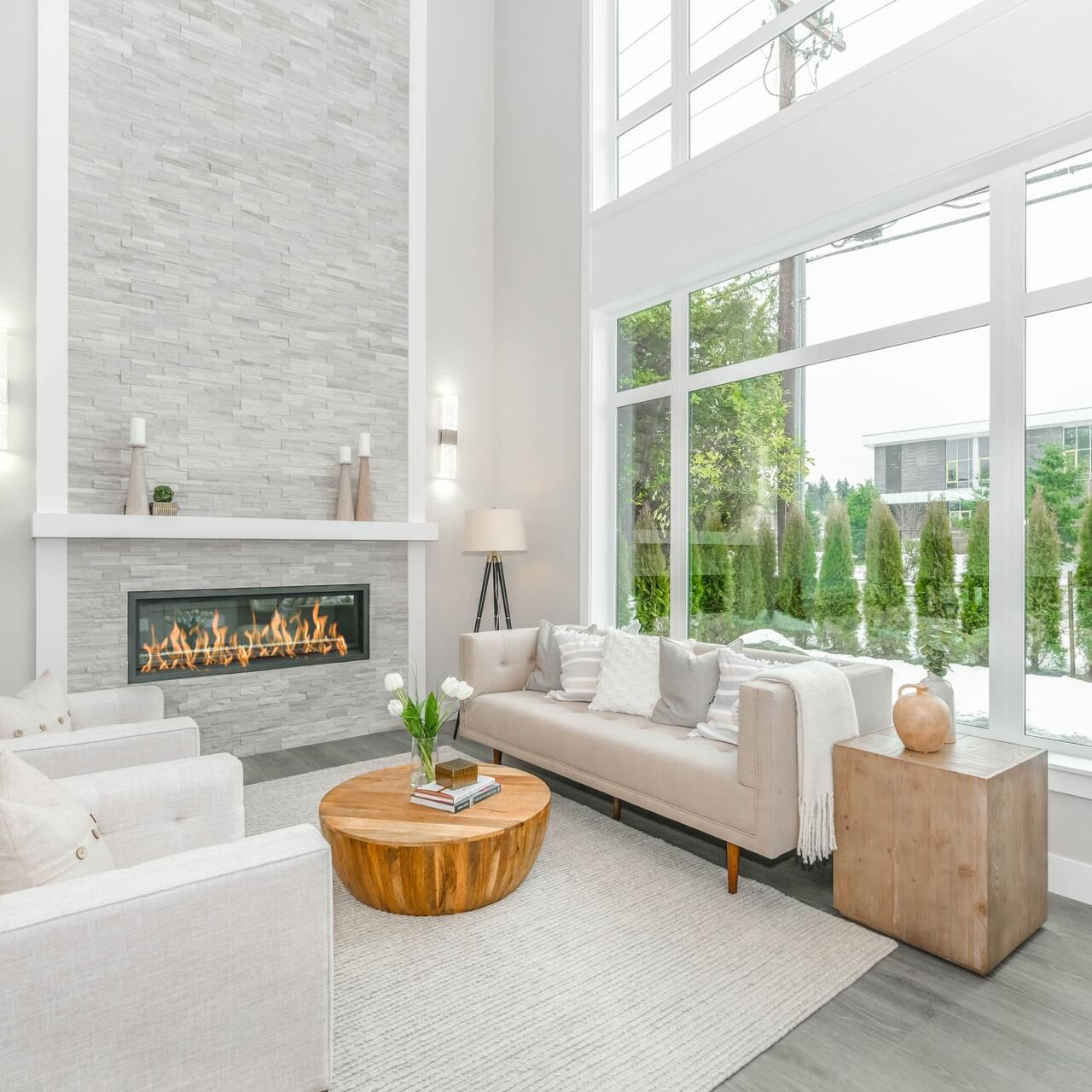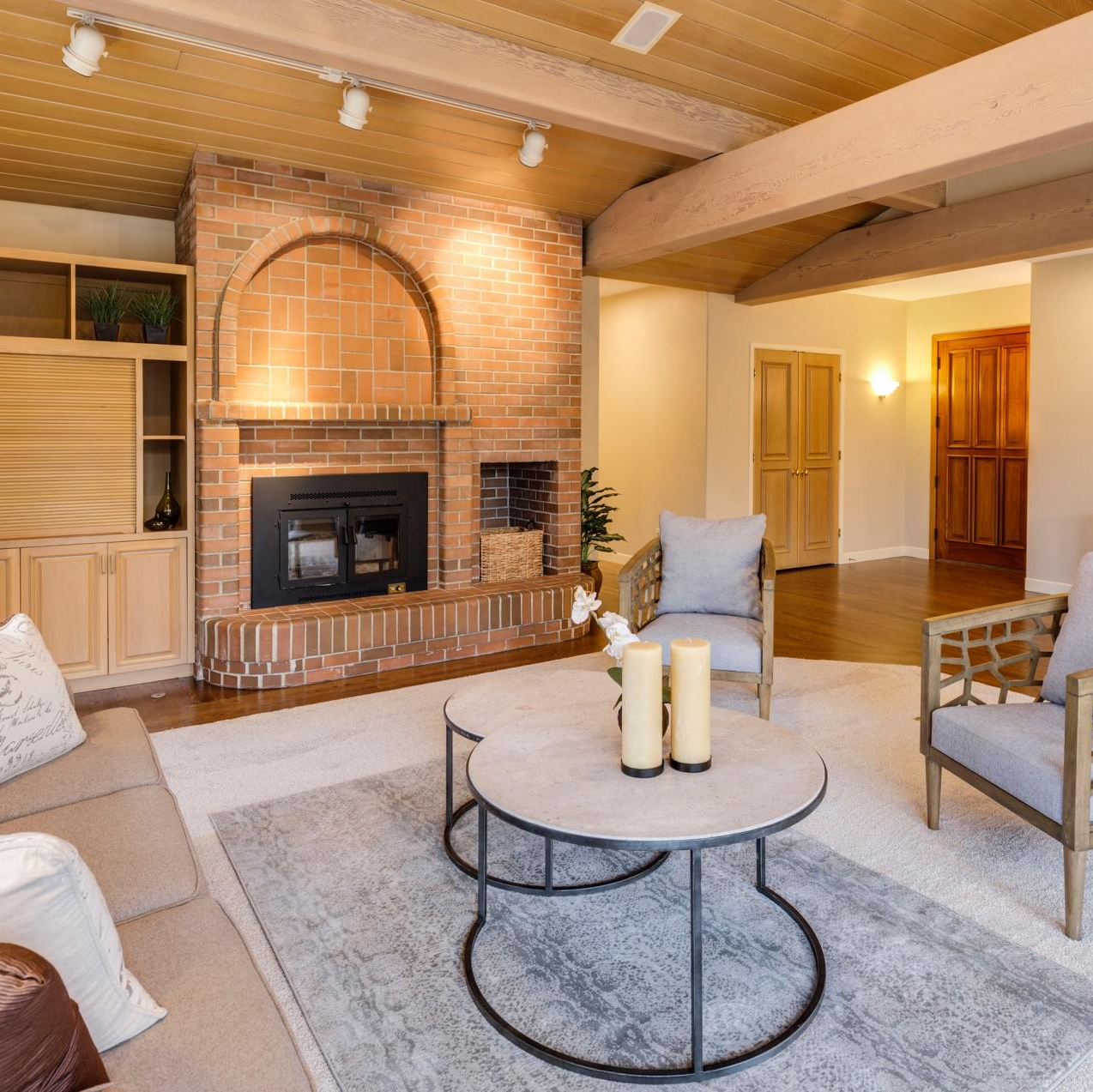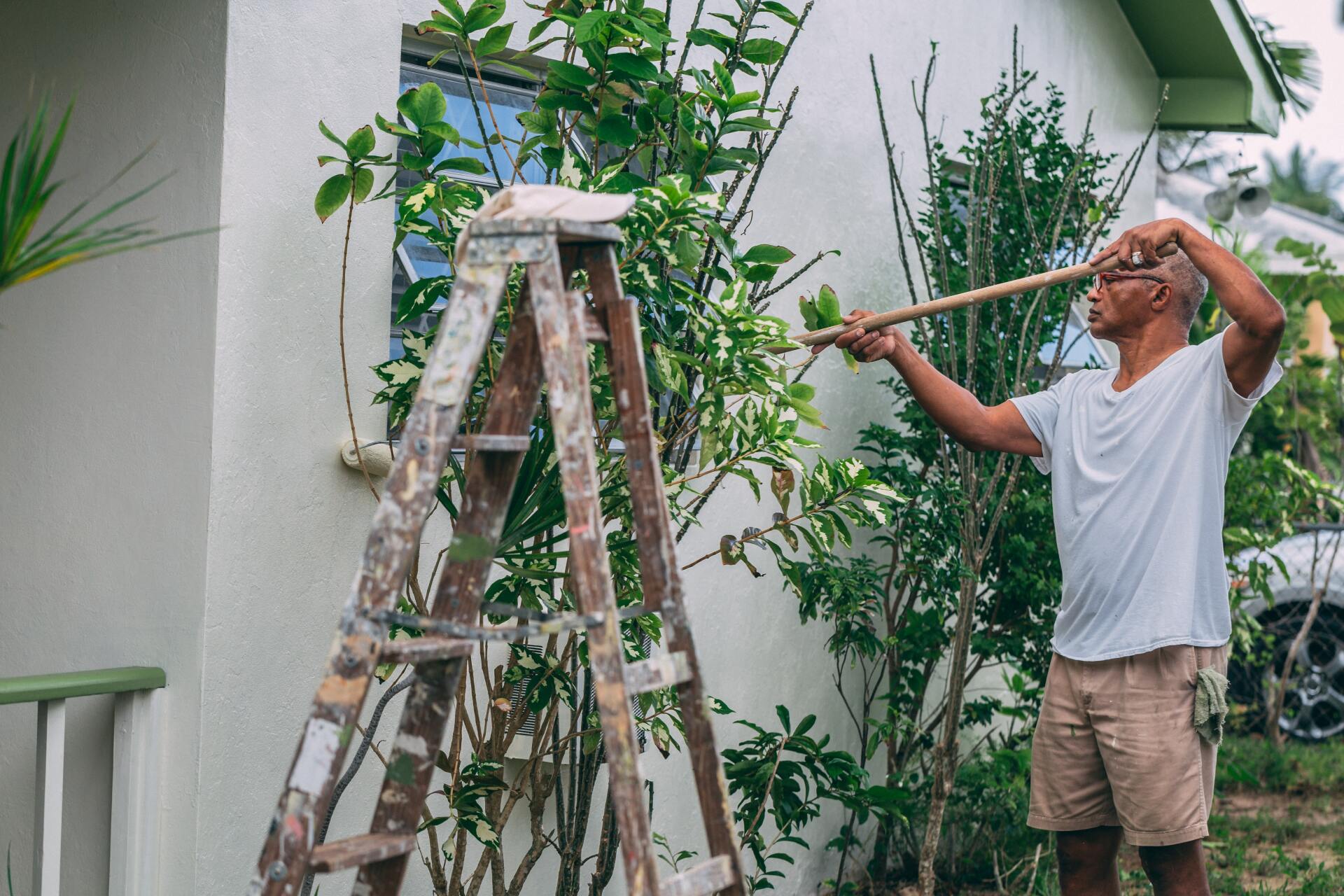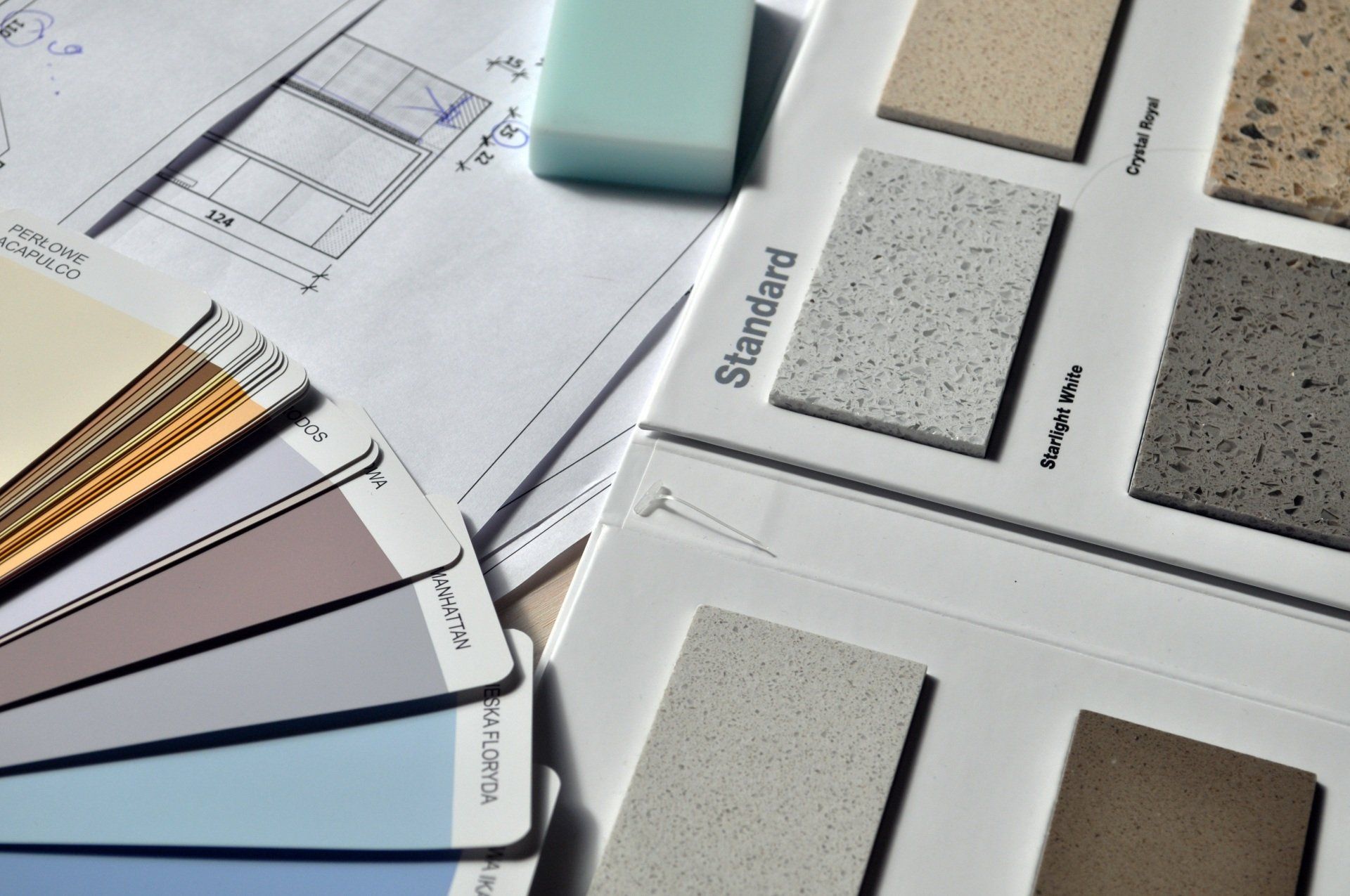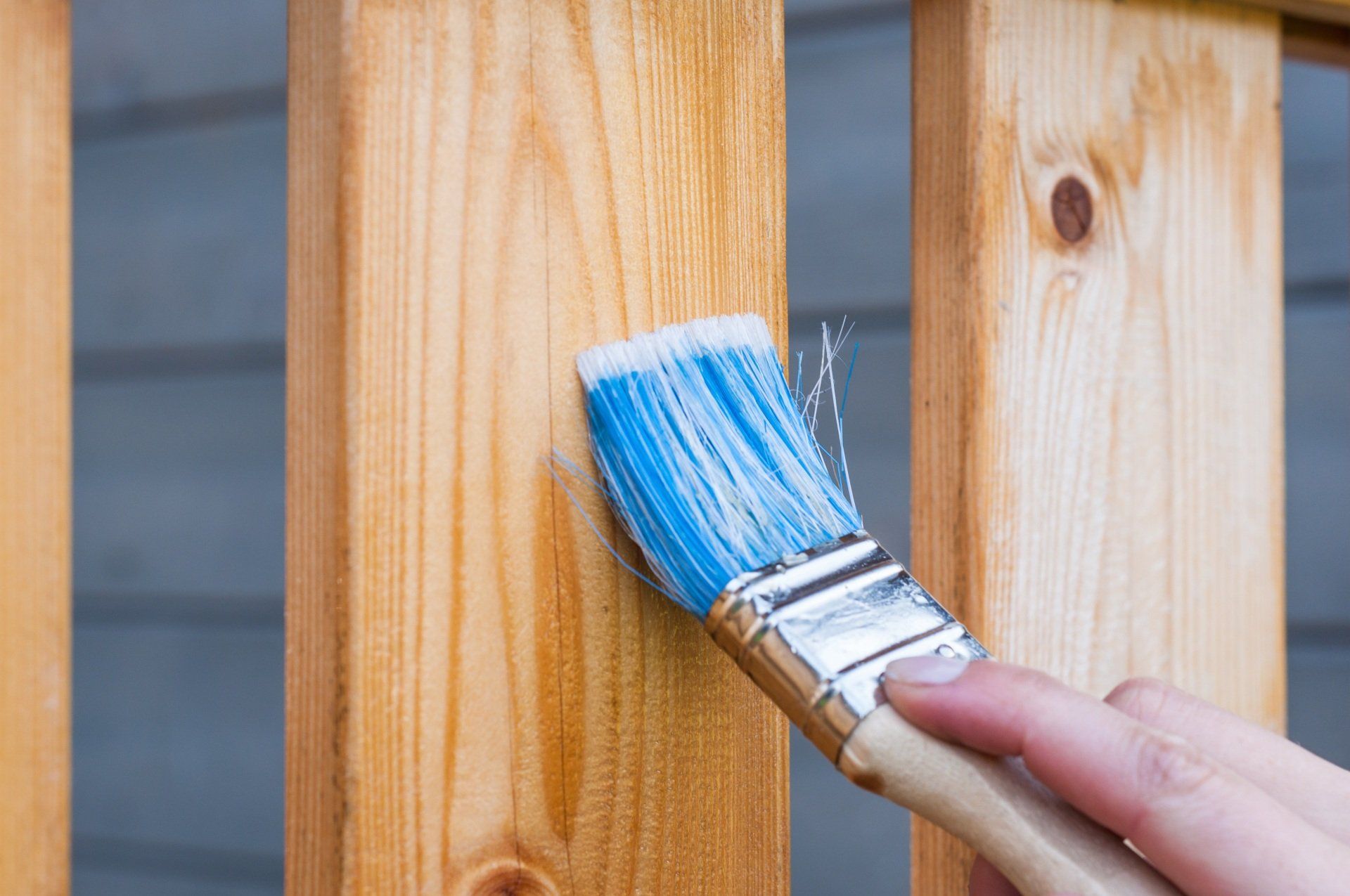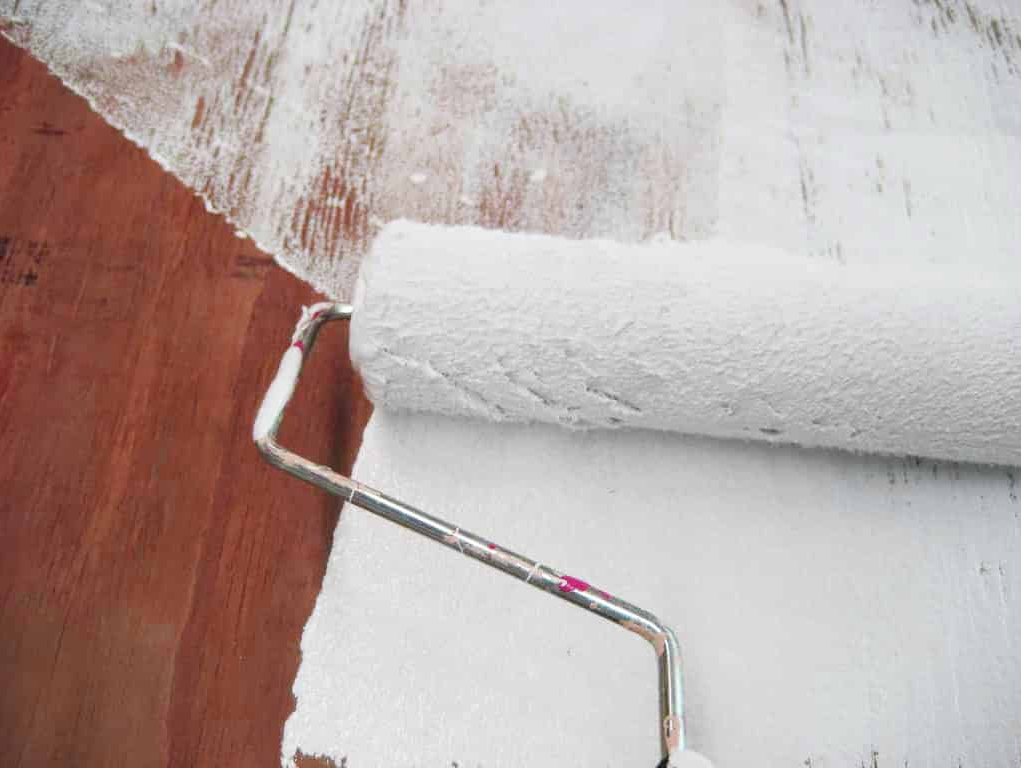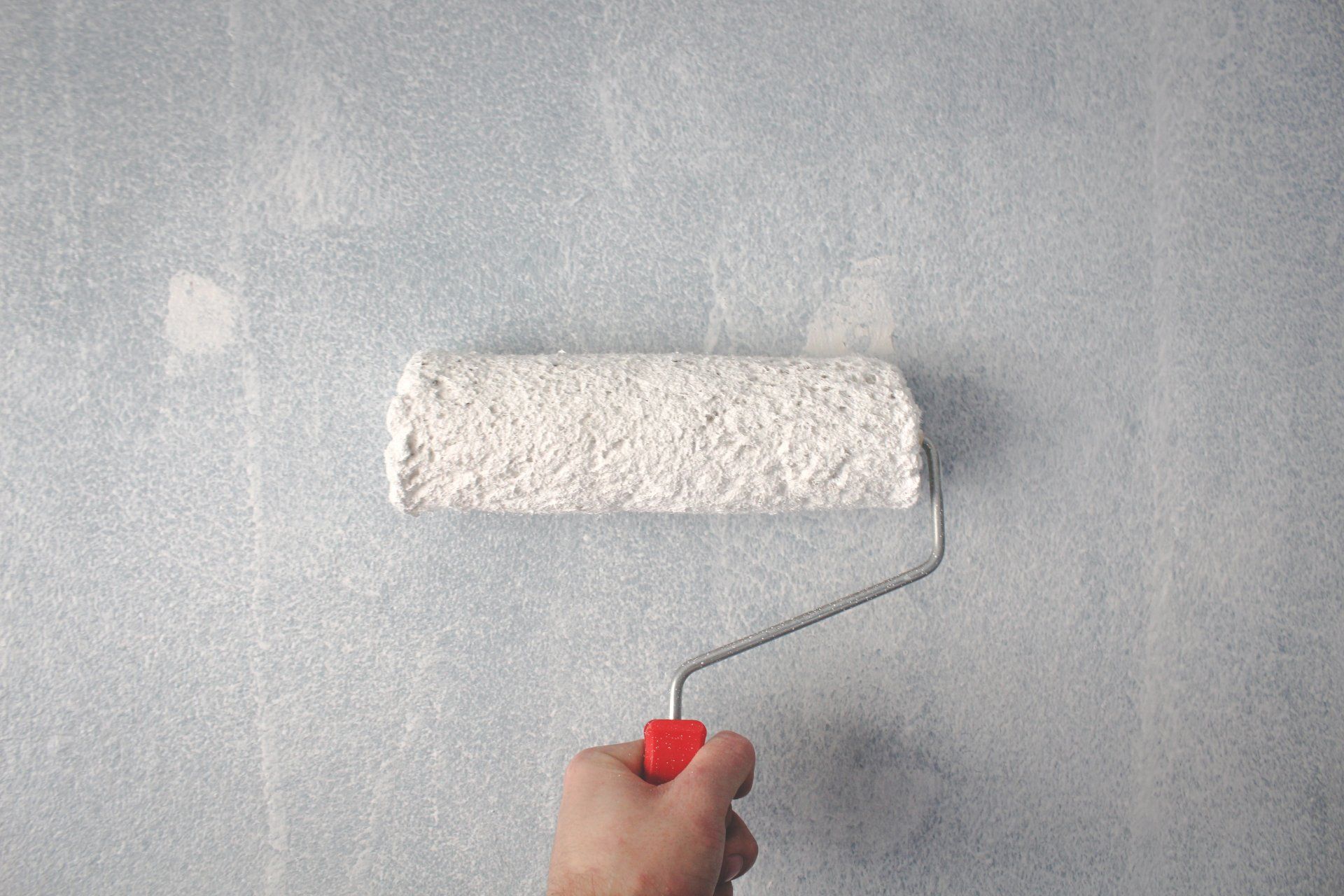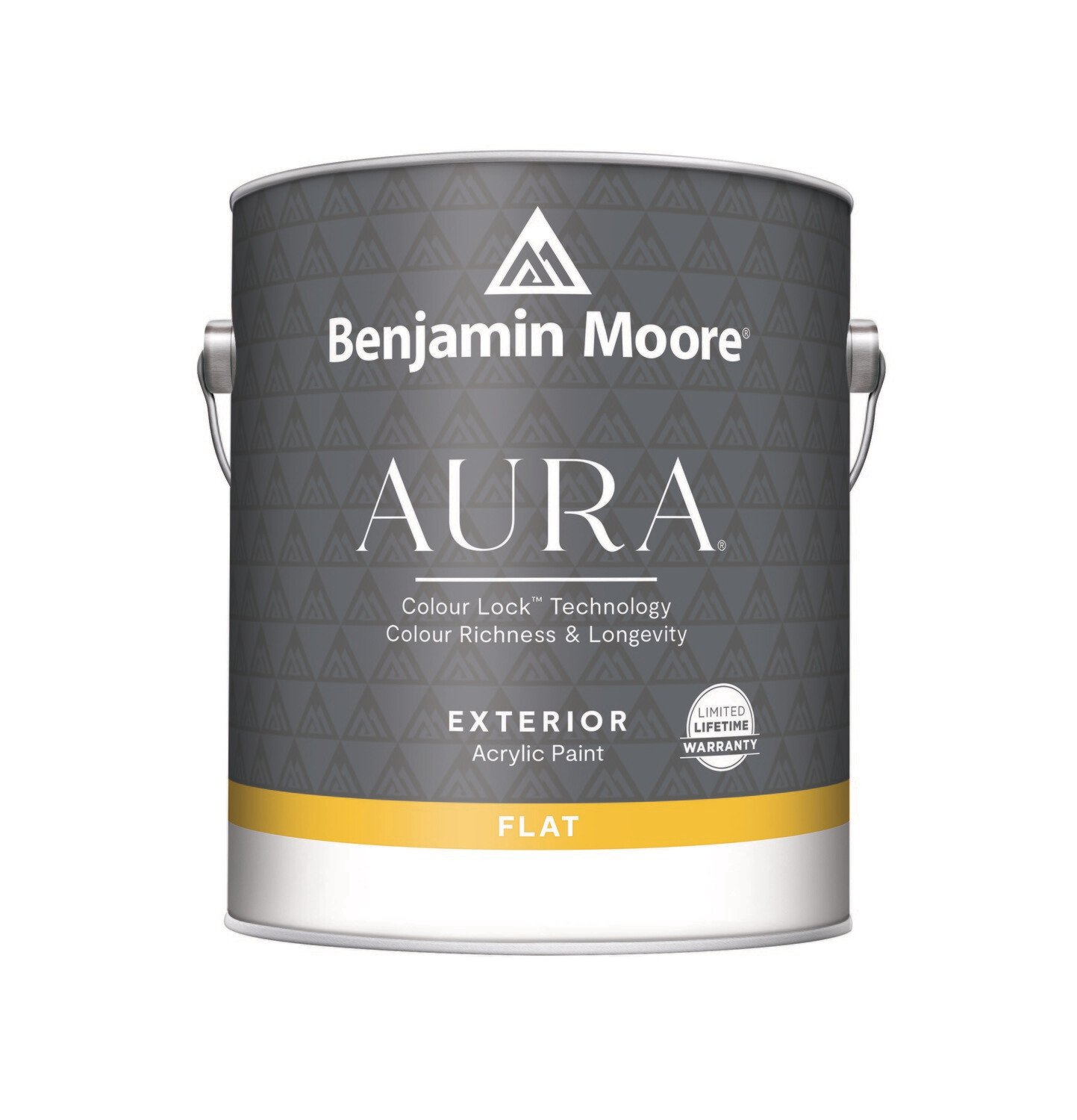How to Paint Exterior Wood Siding in a Few Easy Steps
How to paint the exterior wood siding of your Vancouver home with easy-to-follow steps. Find the best paint for exterior wood at Benjamin Moore Vancouver.
Exterior siding is a surprisingly important part of your home. Your siding is your first line of defense against the elements. Unfortunately, harsh winters and hot summers test your exterior siding and will wear it down as the years progress. Wood siding, in particular, can be damaged by freezing temperatures and intense sunlight.
A new coat of exterior paint revitalizes both the look and durability of your home siding Vancouver. Applying a new coat of paint to the exterior surface adds the paint’s protective qualities and the steps involved in preparing your siding catch any potential issues.
It’s time to learn how to paint your exterior wood siding in Vancouver to extend its life and add a fresh look to your home.
Spring is the Time to Plan Your Outdoor Projects
Spring is the perfect season to complete any outdoor projects you may have been debating. Adding a new coat of paint to your siding or re-imagining your landscaping design will benefit from the mild spring weather. Start planning any outdoor projects, get your finances in order, and work out the details, such as what color to apply to your wood siding.
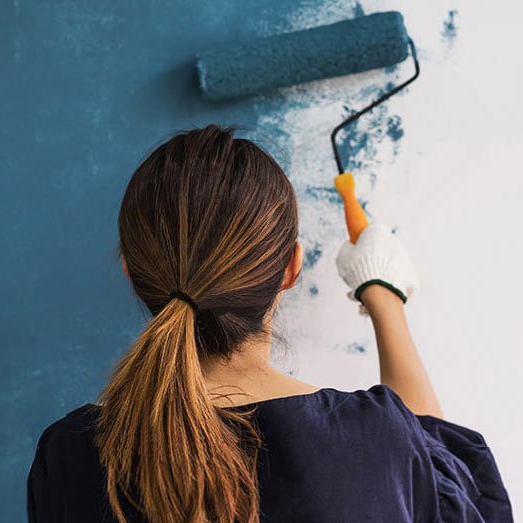
The Exterior Wood Siding Painting Process
Are you ready to add a few new coats of paint to your wood siding? The following process will help you prepare for a great paint job, and paint your home for a brand new look and added protection:
- Power wash the siding: When using a pressure washer, make sure to adjust the pressure to a low setting but powerful enough to knock off most debris clinging to the wood siding. You may use a stiff-bristled brush to remove any debris still clinging to the siding. Use caution when increasing the pressure setting as it may damage the wood.
- Remove loose paint and remaining debris with a sander: Some homes won’t need this step, but many will. You might need to use a sander if there is still loose paint or debris after completing the previous step.
- Lay down drop clothes: Drop clothes protect your landscaping from getting a fresh coat of paint. Make sure that you move the drop cloth around the exterior.
- Fill in any holes with spackle:
This step is primarily why painting exterior wood siding helps improve its durability. Carefully examine your siding and fill any holes with exterior spackle. Some holes will need to dry and then receive a second coat of spackle. You may need to replace some pieces of siding if they are too damaged.
- Apply a coat of primer: Wooden panels will significantly benefit from primer; otherwise, they might absorb the exterior paint and make your job much more difficult. You may even need to apply additional coats of primer if the wood absorbs it. If you're planning to use an oil-based paint, it's best to paint with exterior oil-based primer first
- Seal any cracks with exterior caulk: Once the primer has dried, check the edges for any holes and apply a waterproof exterior caulk if necessary. This step prevents moisture from getting underneath the siding, which may create harmful black mold.
- Apply exterior paint: It’s finally time to do the actual painting now that the prep work has been completed. You can use brushes, rollers, or even a paint gun to apply the new coat. Use a small brush to paint around windows, doors, and other edges. Depending on how it looks, you may decide to apply a second coat after the first application.
Preparing your wood siding is the most time-intensive part of the entire process. However, it’s also the most important. The prep work ensures that the result looks fantastic and improves the durability of the siding.
Exterior Painting Tips to Keep in Mind
The following tips will help make sure that painting your exterior siding is as pain-free and successful as possible.
Have the Right Tools
Starting a project and realizing you don’t have everything you need is frustrating. The following tools will help you prepare for your project:
- Pressure washer
- Extension ladder
- Rags
- Plastic drop cloths
- Paint roller
- Paintbrush
- Paint tray
- Painter’s tape
- Ladder stabilizer
- Primer
- Sander
- Spackle
- Paint(it’s wise to buy more than you think you’ll need)
Check the Weather
The weather conditions will impact the success of your exterior house painting project. It’s better to delay a day or two rather than try to force the project in the wrong conditions. Wait until the weather is perfect for painting, which includes:
- Avoid days with a chance of rain
- Avoid windy days
- Avoid hot days that will dry the paint too quickly
- Avoid temperatures below 10-degrees Celsius if using exterior latex paint
- Read the label on the paint bucket for additional guidance
Paint at the Top Down
Starting at the top will make the extra paint drip down, which can be caught as you move towards the ground. Painting from the bottom-up may create streaks or an uneven coat. You may end up using more paint than necessary, too.
Need Professional Help Choosing Outdoor Painting?
How do you choose the right paint? Wooden siding has unique needs, so you need paint formulated for it. You’ll still have a wide range of colour options to explore, but exterior paint made for vinyl siding generally won’t work for wooden siding.
Our line of exterior wood siding paint and stain was formulated to provide the protection and renewed look that you need. Explore our wooden siding paints today to discover the perfect product for your next project.
Find the Perfect Color for Your House
Find a color and finish that gives your exteriors the elegant look it deserves.
On-screen and printer colour representations may vary from actual paint colours.
All Rights Reserved | Benjamin Moore Retailer | In Partnership with CCC



